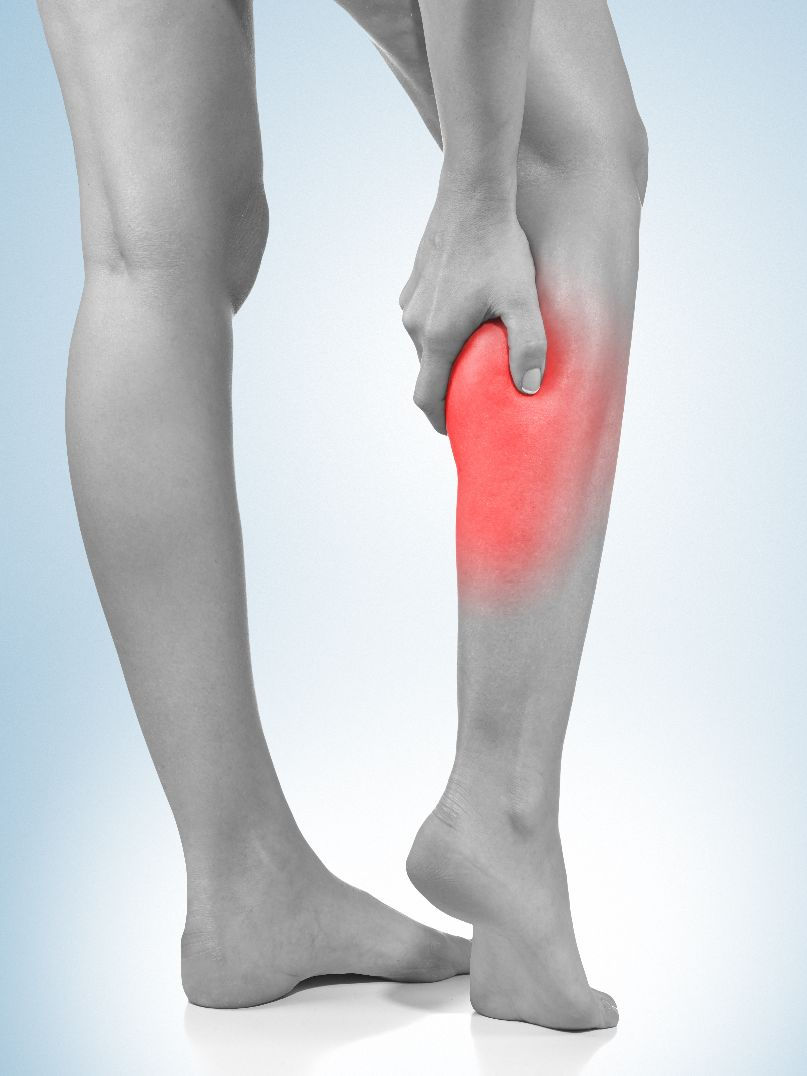Calf strains: what to do when you can’t even walk. A guideline for what to expect
- PhysioLogix Physiotherapy
- Dec 5, 2017
- 3 min read

Overview
The best place to start with figuring out what to with a strained calf is to know the anatomy behind what could potentially be the structure that is giving you grief. There are two major muscles that tend to be the ones that get strained.
They are the:
Gastrocnemius: is the first muscle at the back of the calf and gives the bulge at the back of the calf. This large muscle group crosses both the knee and ankle joint to unlock the knee and assist in pointing your foot when your knee is straight
Soleus: doesn’t get a lot of love or attention as it sits behind the gastrocnemius and isn’t as showy as the gastrocnemius. This muscle crosses just the ankle joint and can be felt at the side of the bottom half of your lower calf. It has the greatest workload when the knee is bent.

Symptoms
Unexpected and sudden onset of pain in the calf
Muscle spasm and tightness over the calf
Pain when pushing off with your foot whilst walking, stairs, raising up on toes or jogging/running
Pain when the muscle is touched
Reduced strength when pointing the foot with reduced range of movement available in the ankle
Bruising, swelling or a divot in/around the calf
What to do? What to do?
Remain cool calm and collected! Management of calf strains depend on how acute (how long) the injury is. The best initial management involves the usual good stuff of rest, ice, compression, rest, elevation in combination with anti inflammatories and possible pain killers. This is all done to limit the inflammatory process and prevent the additional tissue damage that is associated with it. Whilst a little bit of inflammation is needed to kick-start the healing process, too much of it leads to more damage in the area and longer healing time frames.
Physiotherapy can then assist in eliminating any residual swelling and reducing pain through light soft tissue work and potentially dry needling over the area. However, care should be taken if you are massaging the area yourself as firm massage over the damaged structure can cause further complications and delay healing.
A large role of physiotherapy is to provide a rehabilitation program involving stretches and strength exercises to get you back to where you were prior to the injury and then prevent it from happening again in the future.
Care should be taken when starting a stretching program as it should only be very gentle at the start. Strained muscles shouldn’t be pushed too hard with stretches as the healing tissues are still knitting back together again.
As pain permits the strength component of the rehabilitation program can be introduced. These can begin with isometric strength exercises where no movement happens at the ankle, rather the calf muscle is tensed and relaxed. An example of this is pushing your foot into the floor/wall.

(Isometric Calf Exercise: Use the belt only if you're really keen!)
Other exercises can be introduced as the calf heals. These can include calf raises, some more calf raises and calf raises with some other variations in there as well:
Calf raises: with weight off the affected foot come up onto tippy toes
Calf raises: equal weight distribution
Calf raises: more weight on the affected calf
After a period of time (usually 2 weeks or so) These can then be performed off a step to increase difficulty and assist in improving range of movement.

(Calf Raises)
With all of these exercises: Pain is your guide. If it hur
ts more than a little – don’t do it!
In addition to calf raises other methods such as riding a bike, cross trainers and other weight machines can be used to assist in rehabilitation and keeping things interesting. Towards the end of the rehabilitation process plyometric exercises such as hop scotch, box jumps, around the clock and skipping can be introduced to ensure that the calf strain remains a thing of the past. These are extremely important in returning to sport as plyometric exercises requires great load tolerance and distribution across the calf complex as it shortens and lengthens rapidly.

Everyone’s rehabilitation journey is different with calf strains. This should however provide some general information on what to expect with the recovery and rehabilitation process. It is best to have physiotherapy supervision as the amount of load calves require vary considerably from person to person, and according to the severity/location of the strain.
As always team feel free to get in contact with the clinic if you have any questions!
Vince





Comments